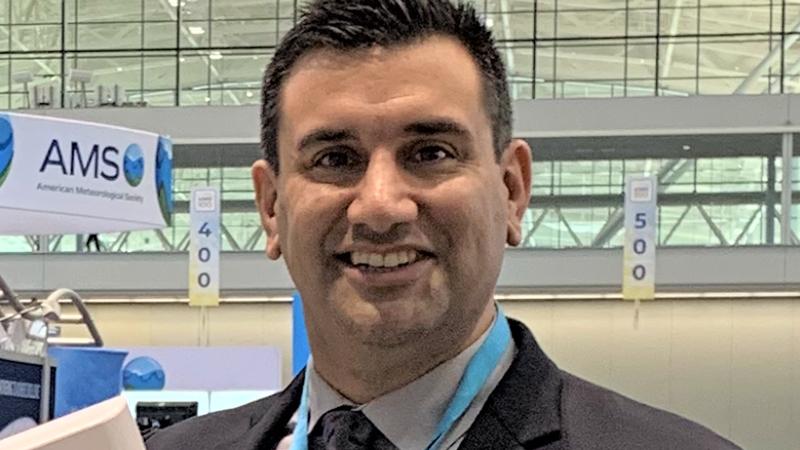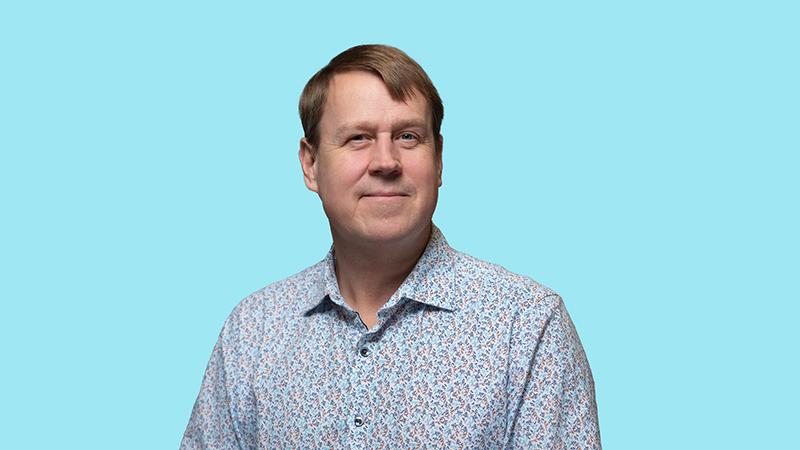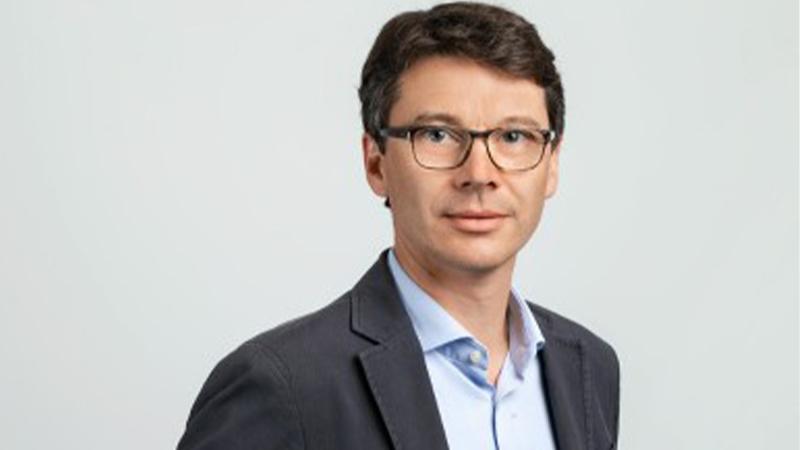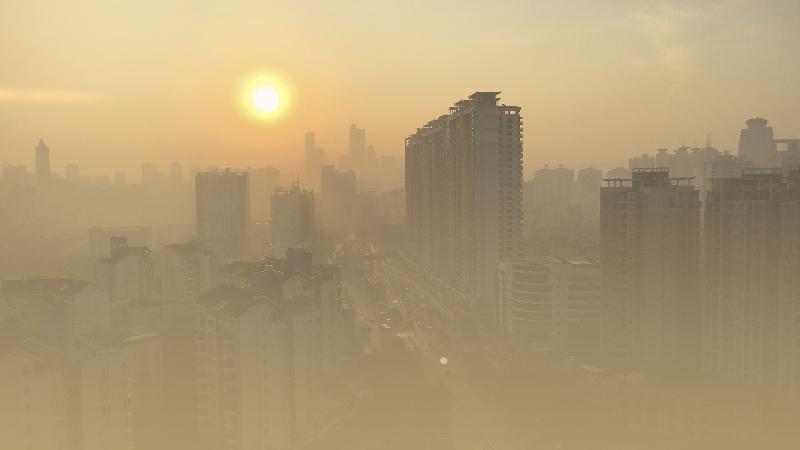Poor air quality is a serious environmental health issue around the world, resulting in hundreds of thousands of premature deaths every year. In the atmosphere, mixing layer and boundary layer height variations affect the concentration of air pollutants. Pollutants don’t just stay in cities, however. Wind can carry them long distances — making them even harder to track, let alone manage.
Cities are now looking to address air quality challenges by implementing ambient air quality monitoring systems. Two technologies that can help: Wind maps and remote sensing.
Join us in this informative webinar to learn how to use both. We'll talk about:
- What mixing layers and wind maps are, and how they can be used in monitoring and modeling air quality
- How remote sensing weather instruments can be used in mixing layer height measurement and wind map creation
- The customer perspective on applying both strategies to address boundary layer meteorology, fire weather, and air quality concerns
Who should attend:
Environmental protection agencies, smart city decision-makers, and others interested in improving air pollution for their city’s residents.
If you can’t attend the live time, register anyway and we’ll send you a link to the recording.
If you have already registered for this webinar, click this link to watch the recording.
You can modify your preference settings or unsubscribe at any time here
Speakers:

Frank DeFina
Frank DeFina is a Business Development Manager for Vaisala and has proudly served the company for almost 14 years. He is a graduate of the University of Pittsburgh with a degree in business management. Recently, he completed a certificate in weather forecasting from Pennsylvania State University. Frank served as a weather forecaster in the United States Air Force.
Dr. Kenneth H. Underwood
Dr. Underwood is a graduate of Penn State University where he received his Ph.D. in meteorology with an emphasis on boundary layer turbulence and remote sensing of the atmospheric boundary layer using ground-based instruments and systems. During the past 35 years, he has developed several remote sensing systems and instruments that are currently in use worldwide. He applied his unique combination of skills using his understanding of the atmosphere to the instrument designs based on advanced digital signal processing techniques for the development of cost-effective, operationally adaptive, and power-efficient autonomous field systems tailored for wind energy, air pollution monitoring, airport monitoring, and research applications.

Reijo Roininen
Reijo Roininen is a product manager for Vaisala Ceilometers. He holds MSc in Physics and he has been working in Vaisala since 1998. In the beginning Reijo worked in R&D and past 18 years with optical instruments. He has been running the Ceilometer product line for past 15 years. As a product manager he is responsible on end-to-end product lifecycle and a key technical link between R&D and sales. He is an expert in the Ceilometer applications serving customer all around the world.

Remy Parmentier
Dr Rémy Parmentier is working as the Senior Product Marketing Manager at Vaisala Leosphere. He is in charge of developing the application of Pulsed Coherent Lidar technology for Air Quality and Meteorology. Having joined Leosphere in 2006 he lead for 10 years the Windcube Lidar R&D team and contributed actively to demonstrating worldwide the benefits of the Lidar technology.
Dr Parmentier holds a PhD in Physics from Univ. of Aix-Marseille (France) and previously worked for Schlumberger (optical sensors and systems development) and the French Commissariat à l’Energie Atomique (fiber optic sensors modeling).
